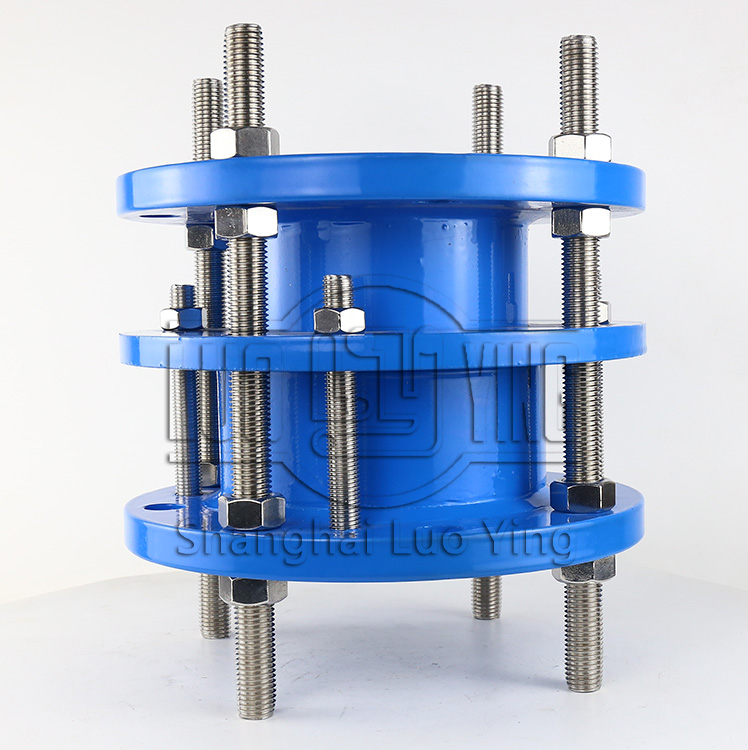How to distinguish between full wire and half wire of double flange force transfer joint?
May-23-08
How to distinguish between full wire and half wire of double flange force transfer joint?Double flange force transfer joint is a kind of hydraulic connection, which is widely used in various hydraulic systems and mechanical equipment. It consists of two flanges and a force transfer mechanism, which can transfer a large amount of hydraulic pressure and torque force. There are two different ways to choose when installing a double flange force transfer joint: full fillet and half fillet. This article will describe the difference between full and half wire and how to choose correctly.

The difference between full wire and half wire is the different tools required for installation. Full wire requires a wrench or other tool for installation and removal to ensure a better tightness and seal. Half-wires, on the other hand, can be installed and removed manually, which is very convenient.
There are several factors to consider when choosing a full or half wire. First, the material and load capacity of the connector needs to be considered. Typically, full filaments are more robust and durable than half filaments, and therefore suitable for systems with heavier loads. Second, the operating environment of the connector needs to be considered. If the connector is in a harsh environment and needs to have better sealing and corrosion resistance, then full wire should be selected. Finally, the frequency of connector installation and removal needs to be considered. If the connector needs to be replaced frequently, then half-wire is a better choice.

